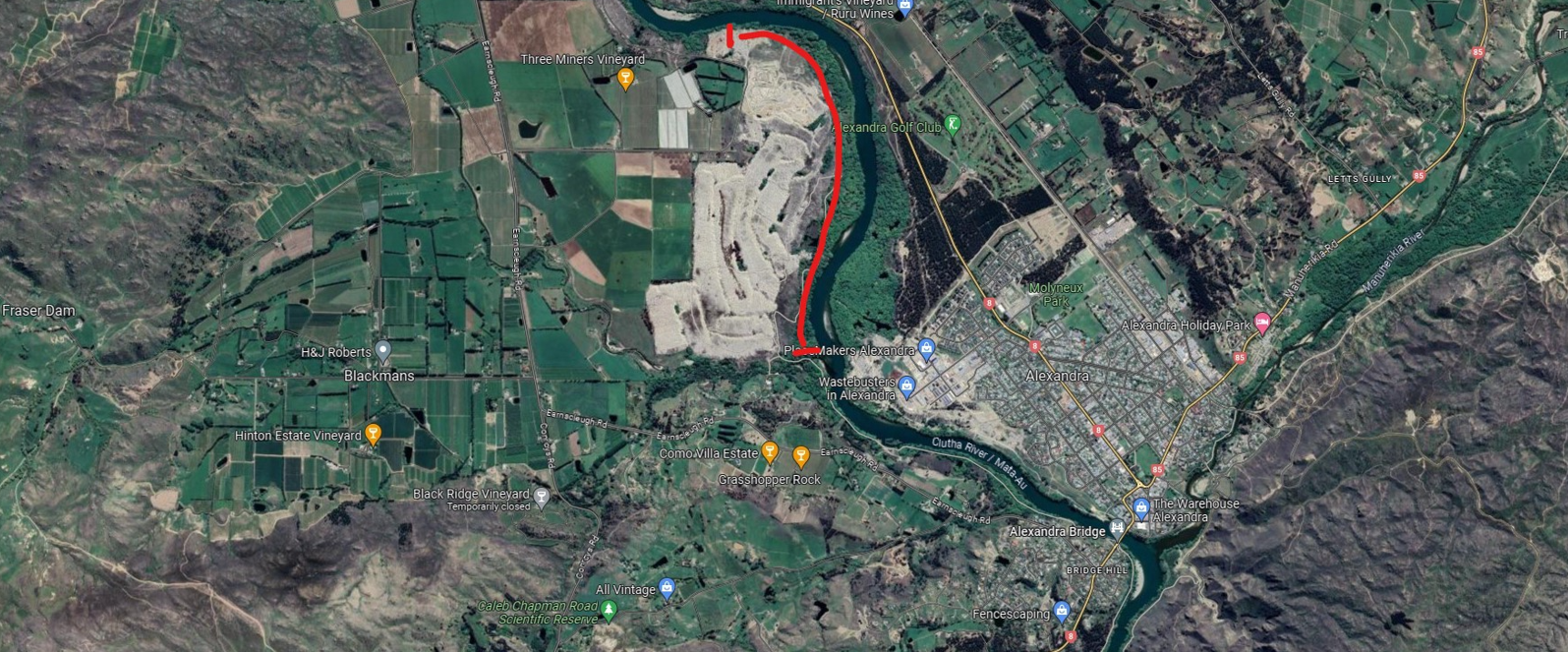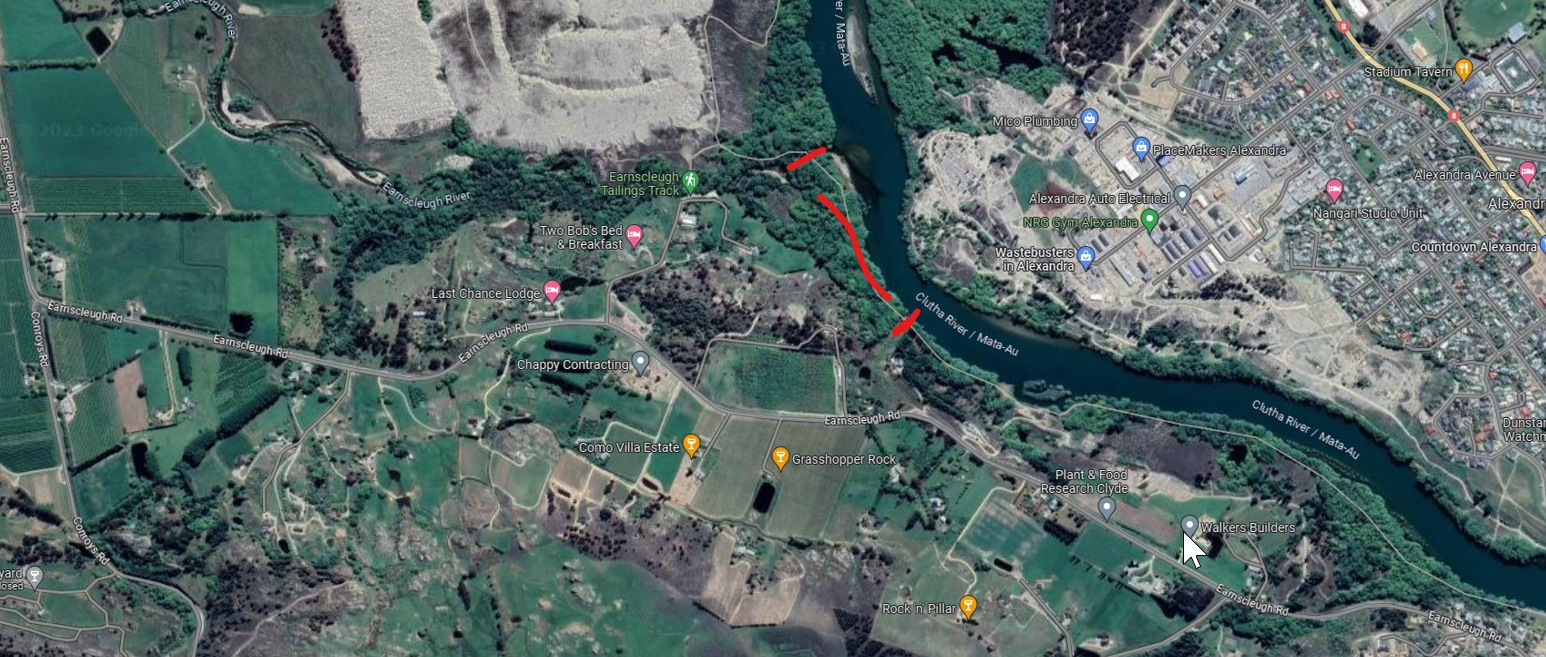Tree maintenance starts in June on popular river track
News


The Alexandra-Clyde River Track will be closed for periods in June to carry out essential tree work, to help keep the popular route safe for users.
Work will start on Tuesday 6 June and continue on Wednesday and Thursday of that week, then carry on, on the same days for the next three to four weeks, depending on conditions.
The track will be closed from 8am to 3pm on those days. There will be no access to parts of the track when the tree work is being carried out. Tree felling signage and danger tape will be in place.
Access is limited for machinery to parts of the track, therefore large logs will be moved away as far away as possible, and smaller branches chipped on site.
Any track surfaces disturbed by the tree removal will be repaired.
The track will be fully open on the other four days of the week, from Friday to Monday.
Keeping the trees safe and tidy on the track was a continual process, Central Otago District Council Parks and Recreation Manager Gordon Bailey said.
“Almost all the trees along this popular river route are old, un-maintained crack willows. As their name suggests, these trees can crack and fail during high winds.
“Since the opening of the Lake Dunstan Trail two years ago, the river track has become even more popular, so safety of users is paramount.
“We are well aware that many track users enjoy the amenity created by these trees: There is no intention to clear the trees, but to selectively remove or prune large limbs, or entire trees that lean over the track creating a potential hazard.”
Where appropriate over the next few years, Council would look to partner with community groups to plant natives to increase the plant biodiversity along this popular track, he said.
The Otago Central Rail Trail on the other side of the river will provide an alternative walking and cycling route between Alexandra and Clyde during the track closures.
People are asked to be patient, and to pay attention to the closed signs for everyone’s safety.
Pictured, the section of river track where work will be carried out during week 1, and weeks 2-3.

